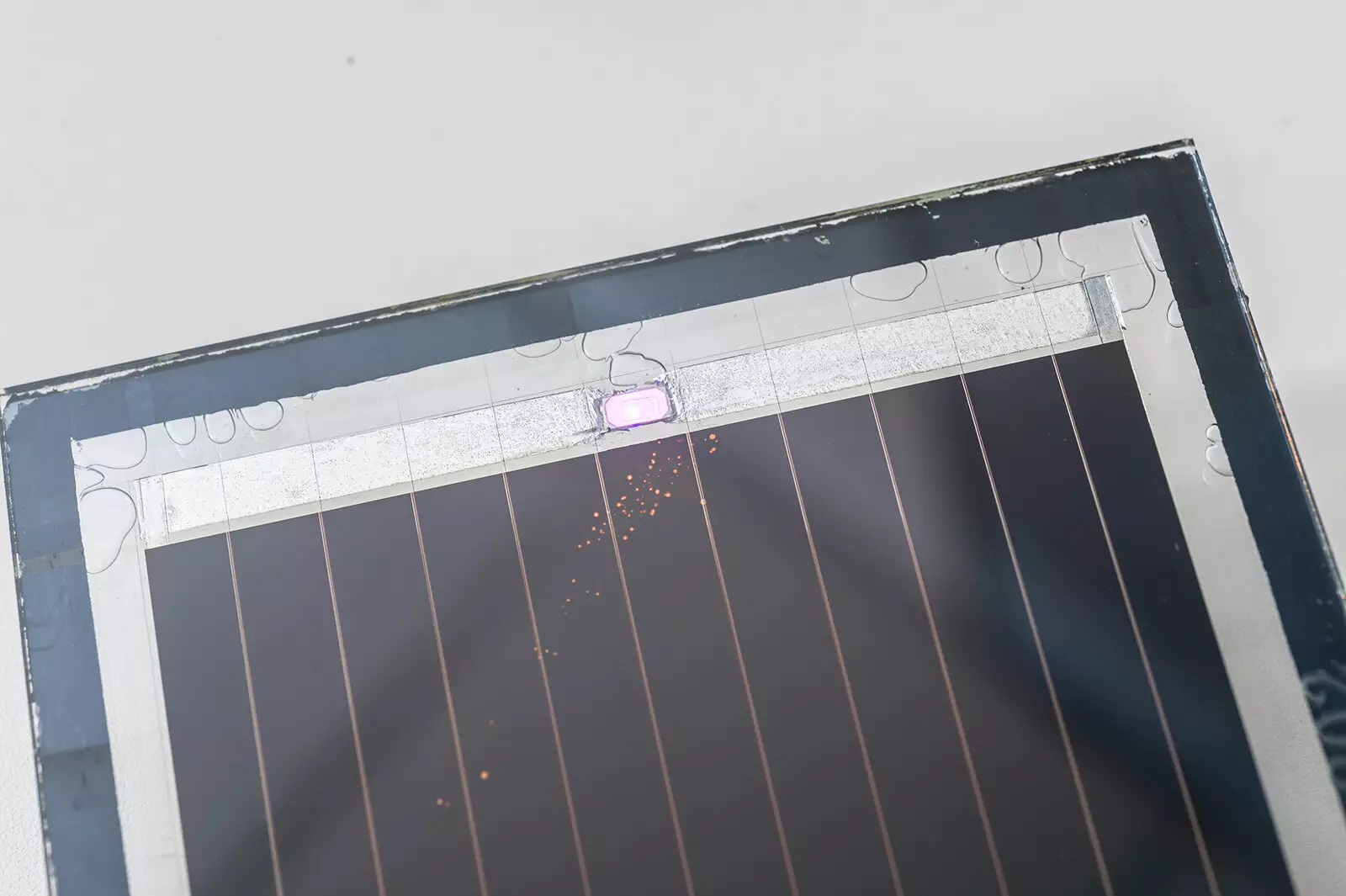In a groundbreaking development, scientists at the City University of Hong Kong (CityUHK) have successfully created highly efficient, printable, and stable perovskite solar cells that have the potential to significantly contribute towards achieving carbon neutrality and promoting sustainable development. The research, led by Professor Alex Jen Kwan-yue, has been published in Nature Energy, showcasing the innovative solutions devised by the team to enhance the long-term stability of perovskite-organic tandem solar cells.
The team at CityUHK has managed to set a new standard in the field of solar energy production, with the perovskite solar cells demonstrating an impressive daily output of up to 1,000 solar panels, comparable to the speed of newspaper printing. The cells, known for their flexible and semi-transparent characteristics, can be transformed into light-absorbing glass windows, paving the way for the realization of “urban solar farms” in cities with numerous high-rise buildings.
One of the major challenges in the field of solar energy has been the operational stability of wide-bandgap perovskites. The CityUHK research team addressed this issue by designing a series of organic redox mediators with appropriate chemical potentials to selectively reduce iodine and oxidize metals, resulting in over 90% retention of the initial Power Conversion Efficiency (PCE) after 500 hours of operation. The team also achieved a record-high efficiency of 25.22% (certified 24.27%) and demonstrated good operational stability in humid air conditions.
The research findings are set to be translated into practical applications through the establishment of a start-up company, HKTech Solar Limited, managed by Dr. Francis Lin, a postdoctoral student of Professor Jen at CityUHK. Perovskite photovoltaics have the potential to revolutionize various sectors, from large buildings and farms to components of the Internet of Things, owing to their ability to absorb energy even under weak indoor light and mechanical flexibility. The team aims to set up a pilot production line with an annual output of 25 megawatts in Hong Kong within a year and a half, and launch products for industrial applications, matching investors to test the viability of the technologies.
Dr. Wu Shengfan, a key member of the research team and the first author of the paper, highlighted the emphasis placed by CityUHK on critical thinking and cutting-edge research in nurturing doctoral students. The focus on understanding complex challenges and devising effective solutions has been instrumental in the success of the research team in overcoming longstanding barriers in the field of solar energy production.
The advancements made by the City University of Hong Kong in the development of printable and stable perovskite solar cells mark a significant milestone in the journey towards sustainable development and carbon neutrality. The innovative solutions devised by the research team not only enhance the efficiency and stability of solar cells but also pave the way for the widespread adoption of renewable energy technologies in various sectors, ultimately contributing towards a greener and more sustainable future.


Leave a Reply